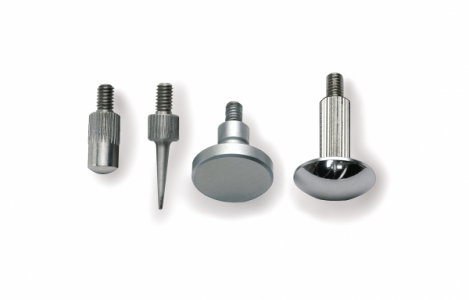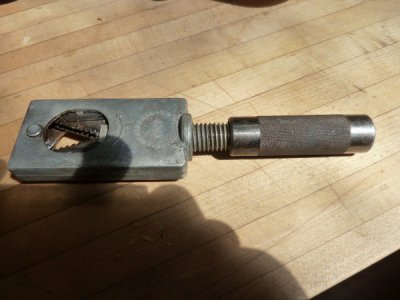- Joined
- Oct 15, 2013
- Messages
- 294
So I have this hex head bolt with a damaged threaded end that I want to salvage.. (5/8-18UNF x 3.5") It's an original bolt for my Gibson tractor & new hardware just doesn't match the old stuff.. Anyway, I don't have a die this size, but I can chuck this up and recut the damaged thread on the lathe. Long story short I got the job done, but how does one 'properly' dial in a threaded part in a 4-jaw chuck when nothing but threaded shaft is exposed?? (nothing to run a dial indicator against?)



